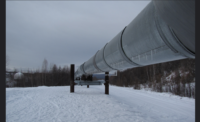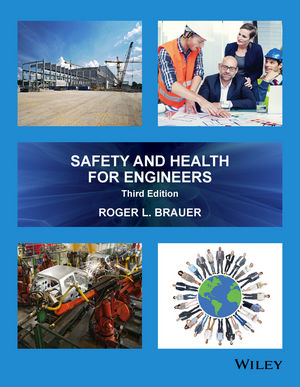Did the cost cutting that came as the result of lower oil prices beginning in 2014 place the oil and gas industry at a higher safety risk?
Though the perception is largely positive—49 percent of the respondents in DNV GL’s survey do not think that the focus on profitability in recent years has negatively impacted safety performance—the responses are mixed, with some expressing their concern to the contrary. That’s almost twice as true among engineers and technical specialists as it is among business leaders.
DNV GL’s safety report begins with the relating of an incident in November, 2016, in which an explosion at an ExxonMobil refinery in Baton Rouge, La., was caused by the attempted operation of a 30-year-old valve. The survey attempts to get at some of the questions surrounding the underlying causes of this and other preventable accidents in the oil and gas industry—and whether enough is being done to further improve safety.
Safety has, in fact, steadily improved over the past couple decades, according to several statistics, including the safety performance indicators from the International Association of Oil & Gas Producers (IOGP) for the upstream sector. And many respondents do not believe that any safety has been compromised based on economic pressures.
“I think there is still a tremendous focus on safety in the industry as a whole,” said Eirik Wærness, senior vice president and chief economist at Statoil, in his survey response. “We have not seen any kind of correlation between spending in any given year and the safety results.”
DNV GL argues, however, that it might be too soon to tell if there’s been an adverse effect because cost-cutting can take time to have an impact.
“The risk that we’ve got now, in the recovering market, is that companies can forget about the underinvestment that they made,” said Graham Bennett, vice president of DNV GL—Oil & Gas. “Ramping up operations to take new opportunities can result in a worrying picture if companies don't recognize the underinvestment made in the last few years. There is always a lag between periods of underinvestment and any associated safety impact.”
The results that DNV GL found from oil and gas executives did indicate a correlation between business success and investment in safety. The more optimistic respondents were about their organizations’ prospects and industry growth, the more likely they were to be increasing spending on safety.
Overall, just 28 percent of respondents expect to increase spending on safety in 2018. More was expected from the downstream sector—41 percent said they would increase safety spending this year.
Downstream also expressed more concern about safety. Only 12 percent overall said that cost-cutting over the past three years has increased health and safety risk, but that number rises to 23 percent in the downstream sector. It also rises among engineers and technical specialists, 28 percent of whom contend that a focus on profitability has had a negative impact on safety performance—compared with 15 percent of business leaders.
Source: Automation World www.automationworld.com





